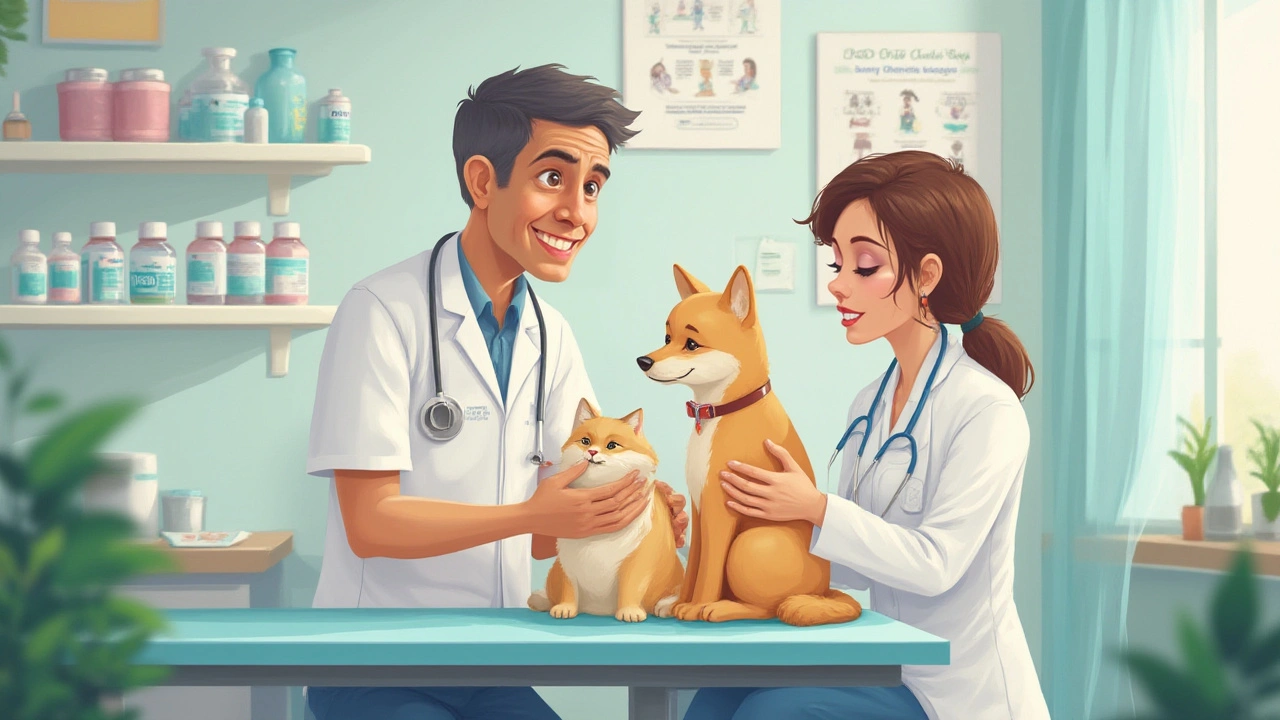Ampicillin in Dogs: What You Need to Know
If your vet prescribed ampicillin for your dog, you probably have a lot of questions. Ampicillin is a broad‑spectrum penicillin antibiotic that works well against many bacterial infections. It’s been used in veterinary medicine for decades, so the basics are pretty solid. The key is giving the right amount at the right time and watching for any reactions.
When to Give Ampicillin
Typical reasons to use ampicillin include skin infections, urinary tract infections, respiratory infections, and post‑surgical infection prevention. Your vet will decide based on lab results or clinical signs. It’s not a cure‑all—if the infection is caused by a virus, antibiotics won’t help. Always follow the vet’s diagnosis before starting the med.
Dosage, Administration & Safety Tips
Dosage is usually calculated by weight, ranging from 10 to 20 mg per kilogram of body weight, given every 12 hours. For a 20‑lb (9 kg) dog, that’s roughly 90‑180 mg per dose. Most vets prescribe the oral suspension or tablet form. If you’re using a liquid, shake the bottle well and use a syringe for accurate measurement.
Give ampicillin with food if your dog’s stomach is sensitive. Some dogs tolerate it better on an empty stomach, but feeding can reduce nausea. Keep a consistent schedule—missed doses can let bacteria bounce back, making the infection harder to clear.
Watch for side effects. Common ones are mild stomach upset, diarrhea, or loss of appetite. Less often, dogs develop allergic reactions like itching, facial swelling, or hives. If you see any breathing trouble or severe swelling, call your vet right away. Early detection can prevent a serious reaction.
Finish the entire prescription even if your dog seems better. Stopping early can leave surviving bacteria that may become resistant. Antibiotic resistance is a real problem, and proper use helps keep these drugs effective.
If you notice persistent diarrhea, vomiting, or a change in behavior after a few days, contact the clinic. Sometimes a probiotic can help keep the gut flora balanced, but only add supplements after checking with your vet.
Storing ampicillin is straightforward. Keep the bottle tightly closed and store it at room temperature away from direct sunlight. Liquid forms may need refrigeration after opening—check the label. Throw away any medication that’s past its expiration date.
In summary, ampicillin is a reliable antibiotic for many canine infections when used correctly. Follow your vet’s dosing instructions, monitor for side effects, and complete the full course. Doing so gives your dog the best chance to recover quickly and safely.
